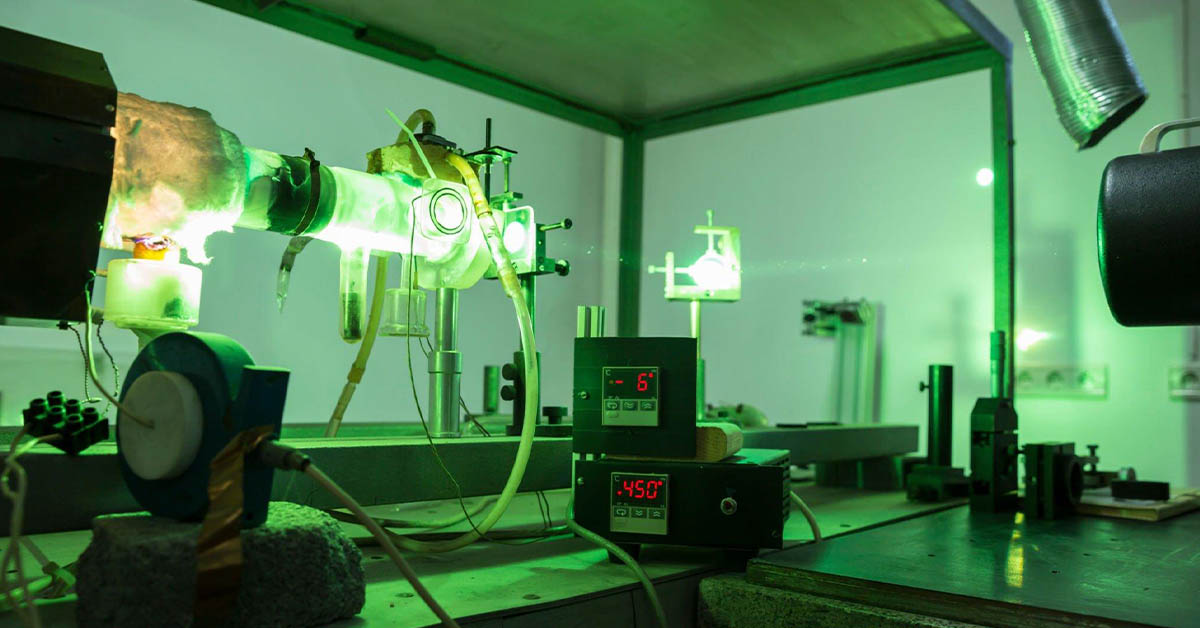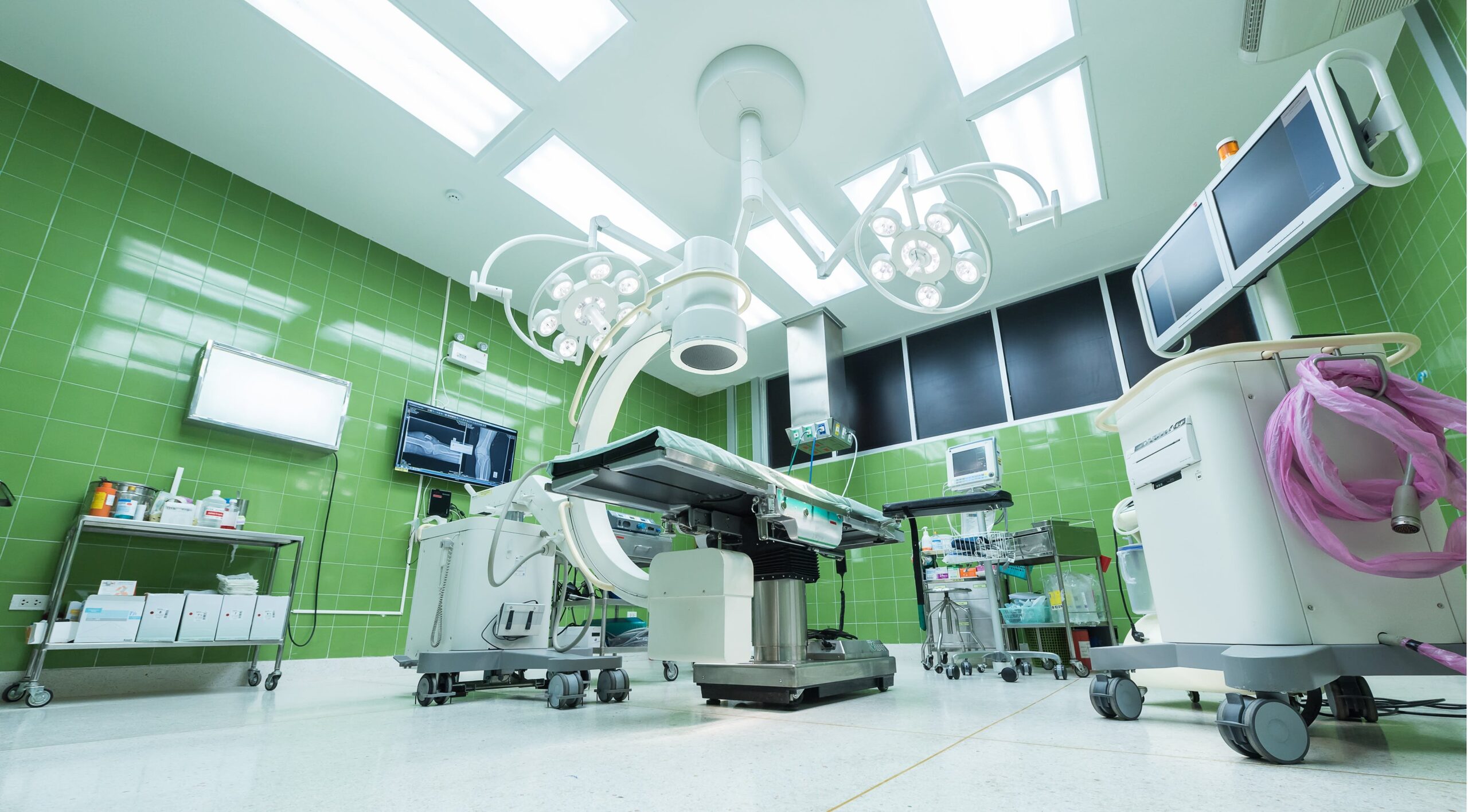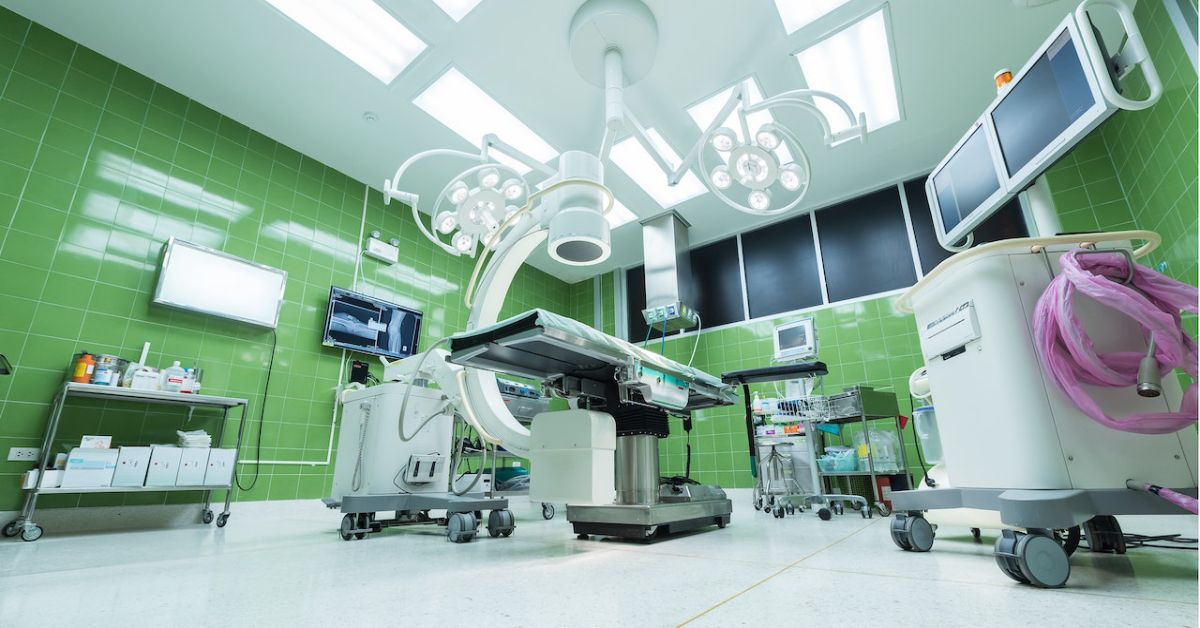Healthcare administrators make critical decisions all the time to implement disinfection strategies and ensure a microorganism-safe environment for patients and healthcare providers. A couple key strategies, UV disinfection and chemical disinfection, can contribute to the inactivation of microorganisms in a healthcare facility.
UV disinfection employs ultraviolet light to swiftly eliminate germs and bacteria, offering a prompt and residue-free solution. Conversely, chemical disinfection relies on diverse agents, providing flexibility in targeting various microorganisms.
This blog provides insights into the disinfection processes, as well as the advantages and disadvantages of each method. It can be a comprehensive guide to help you navigate disinfection strategies that align with your healthcare facility’s requirements.
Exploring Chemical Disinfection
Chemical disinfection uses antimicrobial agents to kill or stop the growth of microorganisms. Between UV disinfection and chemical disinfection, the latter offers versatility as various chemicals can be chosen depending on the specific microorganisms present.
However, it is essential to apply the disinfectant properly and let it stay in contact with the surface for sufficient time to be effective. This is known as contact or dwell time, and it can be found on the product label. Dwell times can range anywhere from several seconds to upwards of 10-15 minutes.
Cleaning Agents
Healthcare facilities choose disinfectants based on the types of microorganisms they aim to eliminate. Common chemical disinfectants include chlorine-based compounds, hydrogen peroxide, quaternary ammonium compounds, and alcohol-based solutions.
How It Works
Chemical disinfectants can be applied using different methods like wipes, sprays, or fogging devices, depending on the surface that needs to be treated and the level of disinfection required. It’s essential to give the disinfectant enough time to come into contact with the treated surface, to ensure its effectiveness.
Advantages of Chemical Disinfection:
- Versatility. Different chemicals can be chosen based on the specific needs of the facility.
- Penetration. Chemical disinfectants can reach areas that may be challenging for UV light.
Disadvantages of Chemical Disinfection:
- Chemical residues. Some chemical disinfectants may leave behind residues that require proper ventilation.
- Contact time. Adequate contact time is essential for chemical disinfectants to be effective.
- Inconsistency. Manual processes can sometimes be variable amidst competing priorities in a busy healthcare environment.
Understanding UV Disinfection
UV disinfection involves the use of ultraviolet light to target and destroy the DNA of microorganisms, preventing them from reproducing. This method is highly efficient in inactivating bacteria, viruses, fungi, and a broad range of microorganisms. The process is relatively quick and does not leave any chemical residues behind, making it a popular adjunct solution for disinfecting various surfaces.
How It Works
UV-C light, which is in the wavelength range of 200 to 280 nanometers, is primarily used for disinfection. This range has a germicidal effect and is highly useful for inactivating microorganisms’ DNA and RNA.
Healthcare facilities strategically install UV-C lamps in various locations, such as air handling units, in-room fixtures, or mobile units for targeted disinfection. When microorganisms are exposed to UV-C light, they absorb the energy, which damages their genetic material. This disrupts their ability to replicate and renders them non-infectious.
Alternatively, other facilities use the UVenclosure to create a more controlled environment for supplemental disinfection. Placing equipment in an enclosed unit is an effective way to maintain the same proximity, intensity, and line of sight for each UV cycle.
Advantages of Supplemental UV Disinfection:
- Rapid disinfection process. UV light acts quickly to inactivate microorganisms (in as quickly as 60 seconds in some cases).
- No chemical residue. UV disinfection leaves behind no chemical traces, making it suitable for sensitive environments.
- Broad-spectrum effectiveness. UV light is effective against several microorganisms.
Disadvantages of UV Disinfection:
- Initial cost. The installation of UV disinfection systems can have higher upfront costs.
The Verdict: Better Together
UV disinfection is faster and can cover larger areas but requires a direct line of sight and cannot penetrate surfaces. Chemical disinfection can penetrate surfaces and is effective against a broader range of microorganisms, but it can take longer to work and may require more frequent applications.
On the other hand, both UV and chemical disinfection methods are often integrated into broader cleaning protocols for comprehensive infection control. These methods also require regular monitoring to ensure continued efficacy.
Healthcare personnel need adequate training and education on the proper use of both UV and chemical disinfection methods to maximize their effectiveness and ensure safety. Use these pointers to guide your selection:
- Assess the specific requirements and characteristics of the healthcare facility.
- Compare the upfront costs and ongoing expenses associated with UV and chemical disinfection.
- Consider the types of microorganisms prevalent in the facility and the efficacy of each method against them.
- Ensure that the chosen method complies with healthcare regulations and standards.
Navigating UV Disinfection Technologies
In healthcare facilities, both UV and chemical disinfection methods play a vital role. Chemical disinfection uses various agents to target different types of microorganisms, offering flexibility. In comparison, UV disinfection uses ultraviolet light and provides a residue-free solution that inactivates germs and bacteria swiftly.
UVconcepts is a top-tier UV technology company. Our UVconcepts Technology Suite is a comprehensive and adaptable system designed to enhance your entire environment.
Elevate your facility’s disinfection standards and strengthen safety measures by scheduling a demo today. Learn how our state-of-the-art, supplemental UV disinfection solutions can provide peace of mind for your team.




